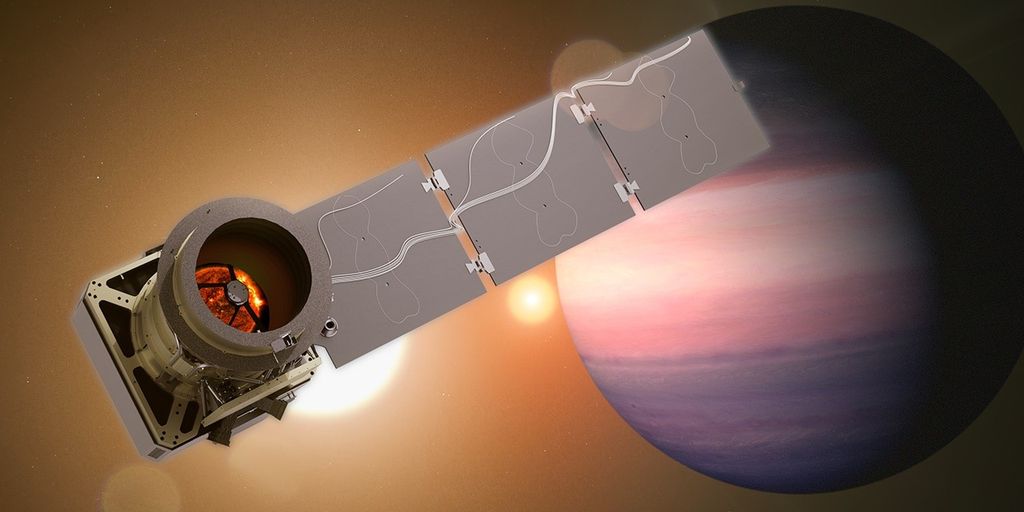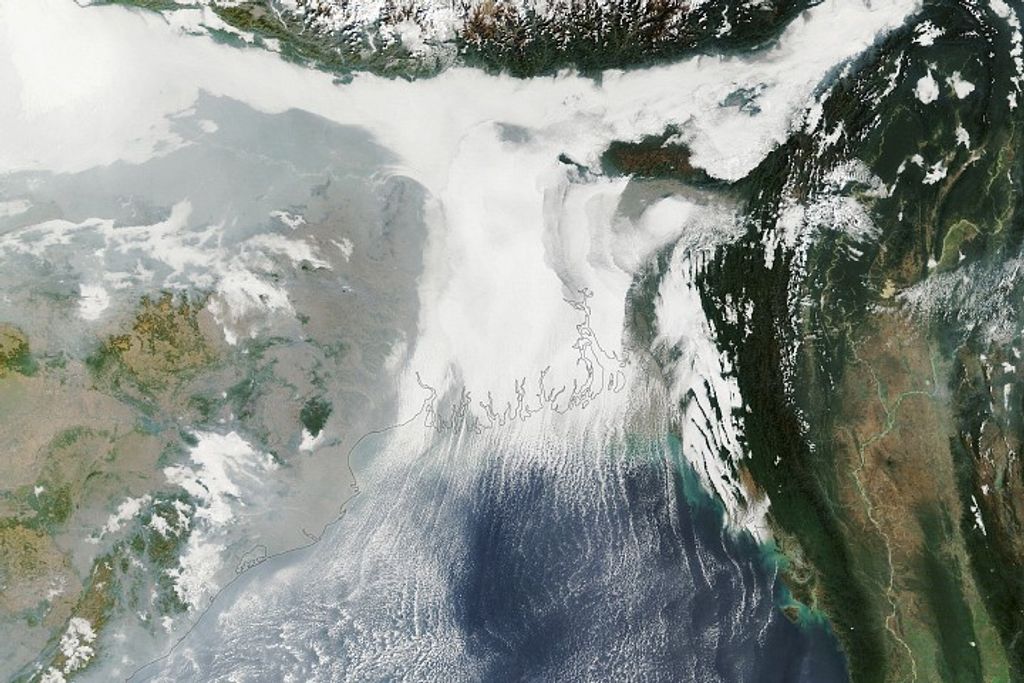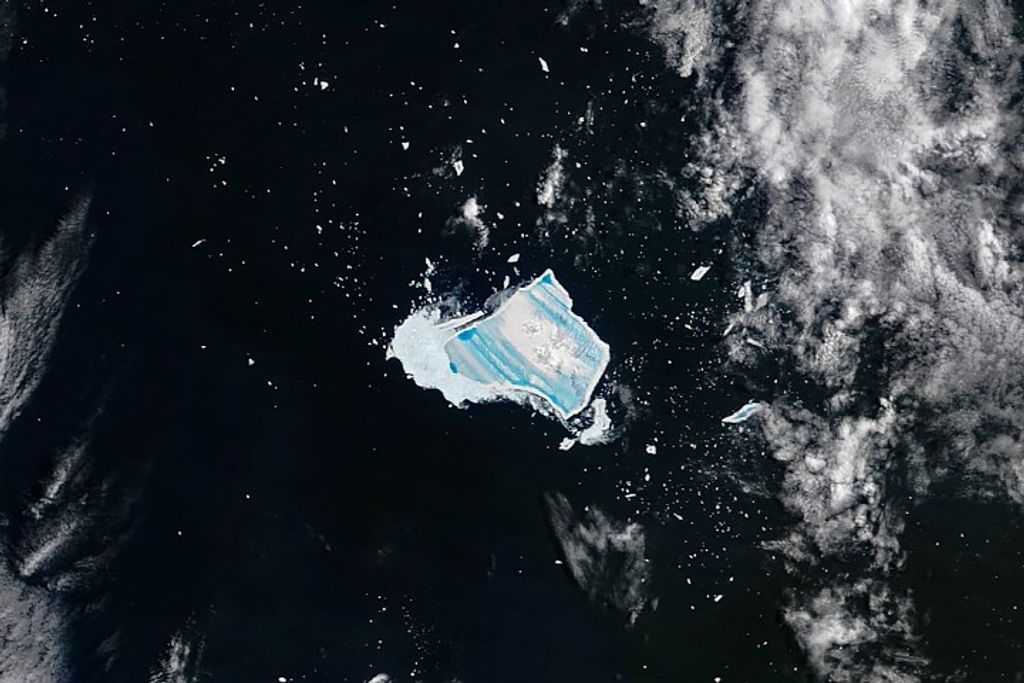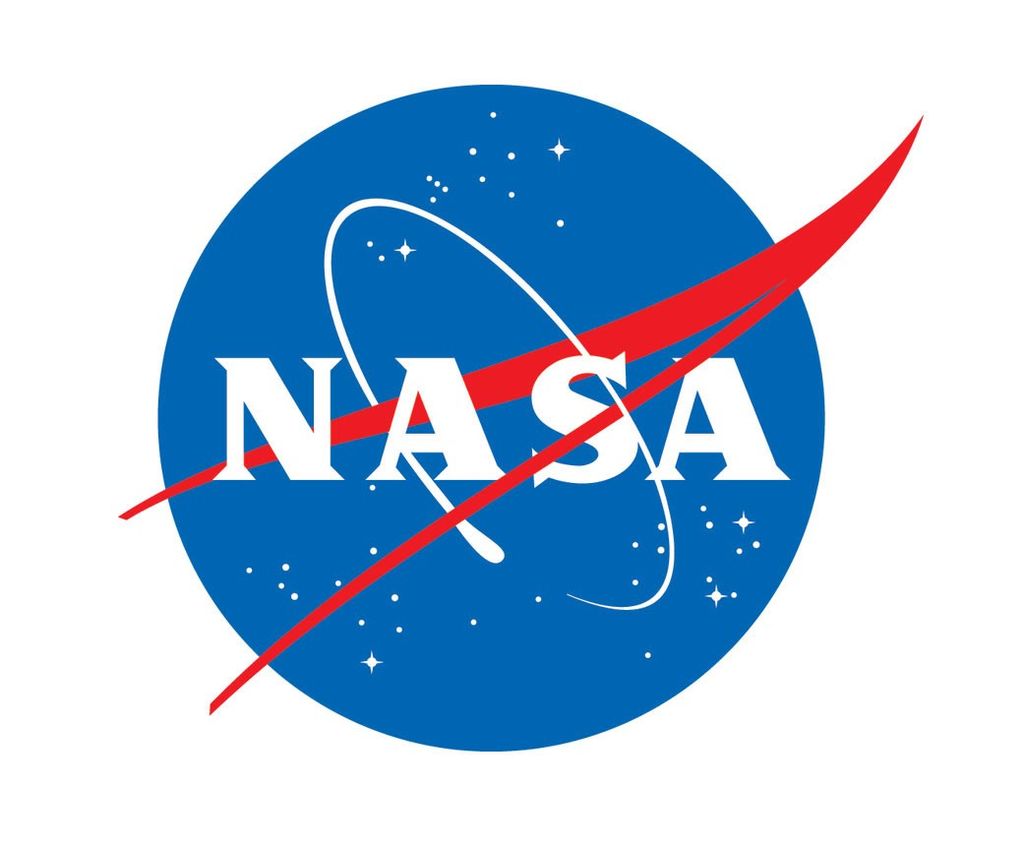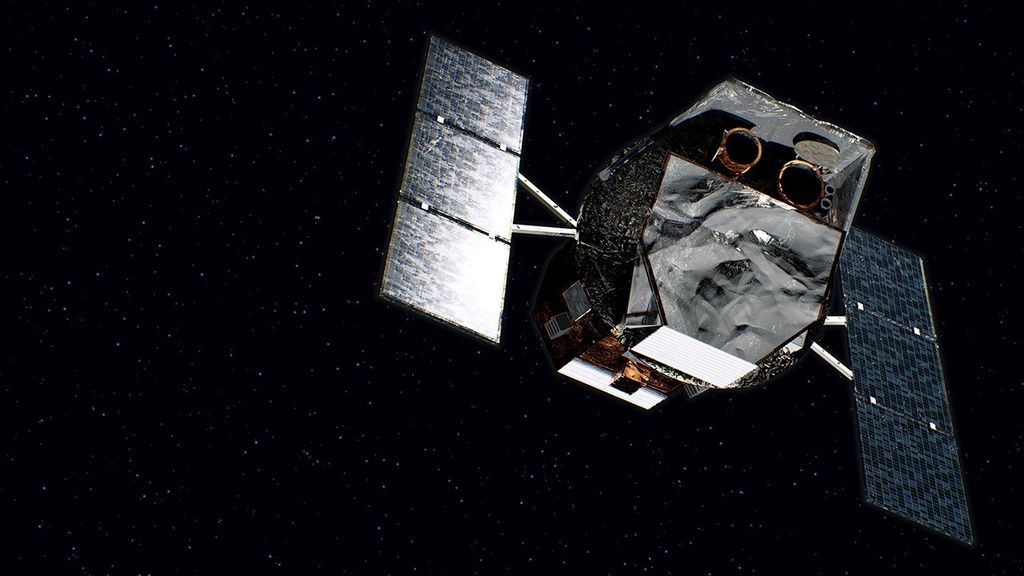1 min read
Infrared Universe: Herbig Haro 666
Composed of gas and dust, the pillar resides in a tempestuous stellar nursery called the Carina Nebula, located 7,500 light-years away in the southern constellation Carina. Thin puffs of material travel to the left and to the right of a dark notch in the center of the pillar. The matter is part of a jet produced by a young star. Farther away, on the left, the jet is visible as a grouping of small, wispy clouds. A few small clouds are visible at a similar distance on the right side of the jet. Astronomers estimate that the jet is moving at speeds of up to 850,000 miles an hour. The jet's total length is about 10 light-years.
Optical: The tip of the 3-light-year-long pillar, bathed in the glow of light from hot, massive stars off the top of the image. Scorching radiation and fast winds (streams of charged particles) from these stars are sculpting the pillar and causing new stars to form within it. Streamers of gas and dust can be seen flowing off the top of the structure.
Credit: NASA, ESA, and the Hubble SM4 ERO Team (STScI)
Near-infrared: Nestled inside this dense structure are fledgling stars. The dense column and the surrounding greenish-colored gas all but disappear. Only a faint outline of the pillar remains. By penetrating the wall of gas and dust, infrared light reveals the young star that is probably blasting the jet. Part of the jet nearest the star is more prominent in this view.
Credit: NASA, ESA, and the Hubble SM4 ERO Team (STScI)
About the Infrared Universe Collection
The human eye can only see visible light, but objects give off a variety of wavelengths of light. To see an object as it truly exists, we would ideally look at its appearance through the full range of the electromagnetic spectrum. Telescopes show us objects as they appear emitting different energies of light, with each wavelength conveying unique information about the object. The Webb Space Telescope will study infrared light from celestial objects with much greater clarity and sensitivity than ever before. Explore the Infrared Universe. Adapted from Cool Cosmos by IPAC, with additional contributions from Bruno Merin and Miguel Merin (Pludo).
- Release DateMay 22, 2018
- CreditVideo: NASA, ESA, Gregory Bacon (STScI)
Downloads
Share
Details
Laura Betz
NASA’s Goddard Space Flight Center
Greenbelt, Maryland
laura.e.betz@nasa.gov
NASA, ESA, Gregory Bacon (STScI)




